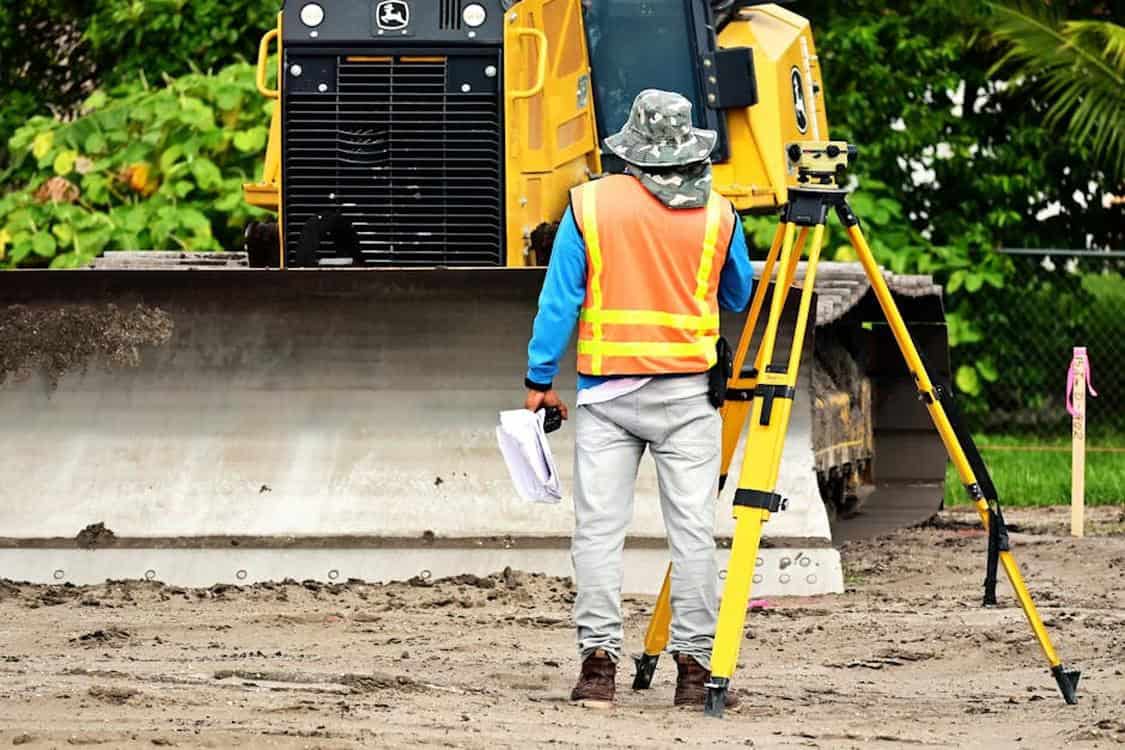Electrical estimators must have access to reliable tools and resources to do their jobs well. These include national and local materials supplier pricing through estimating software, which can help ensure accurate bids.
Square foot estimating is an important first step in the budgeting process, but it must be complemented by more detailed costs assessments to ensure high-precision.
Square Foot Estimating
Square Foot electrical estimation company is a critical piece of the estimation process that informs many facility tasks. From creating cleaning schedules to writing grants, knowing how to collect and define square footage metrics will save time and money. Without this crucial information, organizations can run into issues such as overspending, misallocating work hours or even falling short on certification requirements.
Square foot estimates are a valuable tool that helps to streamline the budgeting process for large projects. However, they must be paired with a detailed project analysis to ensure that all the components are properly accounted for. For example, a complex electrical system may require advanced fine-tuned controls or customized fixtures that cannot be easily compared to similar projects. In these cases, the estimate must be adjusted to account for these complexities.
The square foot method is an excellent option for estimating projects with a well-defined scope and uniform electrical needs. This is particularly true for residential homes and commercial buildings with a consistent layout. This approach also tends to be less time-consuming than an itemized estimate because it doesn’t require the completion of a comprehensive takeoff survey.
While the square foot method offers several benefits, it is important to remember that it’s a generalized estimate. It is not designed to address the unique electrical needs of any particular project, and therefore, it can be inaccurate in certain situations. This method is also susceptible to temporal challenges as material and labor costs can fluctuate from one time period to the next.
To perform a square foot estimate, begin by measuring the longest side of the proposed room or building using a tape measure. Write down the length in feet and then multiply it by the width in feet to determine the square footage. Alternatively, you can use an online calculator to determine square footage by simply entering the length and width values.
Electrical estimating by square foot is a useful method for streamlining the budgeting process and allowing contractors to offer quick client quotes. However, it must be coupled with a thorough project analysis to prevent inaccurate estimates and costly overruns.
Itemized Estimating
Itemized estimates break down project costs into individual items so that customers can understand what they’re paying for. However, this can be a very time-consuming process. Contractors spend hours searching for pricing, typing each item, and formatting it to create an estimate that is easily digestible for their customers. Itemized estimates also require a high level of industry knowledge to understand overhead, wastage, and other small details that are not usually included in the price of an item. This can lead to back and forth between customers as they try to change these little details, which can slow the project down.
Providing an itemized estimate also gives customers more ammunition to argue with your price, or even find another contractor that will charge them less. This makes it more important to have transparent pricing from the start.
Professional estimating software tools can make the estimating process more efficient and accurate. These include takeoff software, which digitally measures and calculates quantities for a project. It can then apply unit rates to the quantities, calculating total materials and labor costs for the job. These can be based on historical data, supplier quotes, or industry standards.
Once the quantities are determined, the estimator will then add in any subcontractor fees or additional expenses to the estimate. They may also include contingency, which is a percentage of the total cost that will be set aside for unexpected costs or challenges during the project.
Once the estimate is complete, it can be sent to the customer for approval. It is a good idea to send the estimate as soon as possible so that the customer has an opportunity to review and approve it before the project starts. This can avoid any potential misunderstandings or surprises down the road. Using a tool that allows you to seamlessly transform your estimate into a new project can save time, reduce rework and errors, and ensure all relevant information is carried over accurately.
Outsourced Estimating
Estimators need to have a comprehensive understanding of electrical systems, their specifications, and installation requirements. This ensures accurate assessments and minimizes cost overruns. Outsourcing estimation services is a convenient and cost-effective way to improve the quality of your estimate. Additionally, it can help you win more bids and increase your profits.
Outsourced estimators typically use estimating software to create professional proposals, which include a detailed breakdown of costs and timelines. These tools also offer value-added services like ‘what-if’ scenarios that explore different material options and layouts. Additionally, estimating software can automate plan takeoffs and provide reports that are easy to read.
Another important aspect of effective estimating is effective communication. Electrical estimators work closely with architects, engineers, subcontractors, and clients to gather project details. They must also stay up to date on new industry regulations and codes to ensure their estimates are compliant with applicable standards.
Experienced electrical estimators are adept at identifying and mitigating risks. They are proactive in seeking professional development opportunities and attending industry conferences to keep up with technological advancements. They also collaborate with experts to stay informed about trends in the field, such as smart systems and renewable energy integration.
They also monitor industry costs and labor rates to anticipate any potential changes in the price of materials or electrician wages. This enables them to make more accurate projections about material and labor costs for the entire life of the project. For example, if they expect the cost of copper to rise, they may recommend purchasing more of this material upfront.
Finally, outsourced electrical estimators have the expertise to evaluate a project’s unique requirements and system designs. They can also identify any design flaws or omissions that could result in a costly mistake. In addition, they can determine the cost of constructing the project and propose innovative solutions to reduce costs. This allows them to submit accurate and competitive bids for each project. This increases their chances of winning the bid and delivering high-quality projects on time and within budget.
In-House Estimating

Electrical estimators need to be able to work under pressure and stay calm when dealing with challenging situations. They also need to have strong attention to detail and excellent communication skills. In addition, they must be knowledgeable about the industry and continuously update their technical knowledge. They also need to be able to use various software tools to create estimates and manage project risks.
Having an in-house team is an effective way to improve estimating processes. It allows you to retain ultimate control over the final deliverables and ensures that the team has access to all of the relevant data. You can also establish a clear workflow and streamline the entire estimation process to improve efficiency. In addition, you can save time and money by using estimating software, which can help you work 3 or even 4 times as fast as manually.
In addition, an in-house team can perform takeoffs and create estimates faster than a third party service provider. This can help you win bids and increase your overall revenue. In addition, it helps you avoid misunderstandings and costly mistakes that can arise from miscommunication or inaccurate information.
An in-house team can also reduce the cost of estimating by using a standard estimating template. This allows you to track material prices, labor, and other project costs more easily. In addition, it can help you make better estimates in the future and provide more accurate estimates for clients.
Electrical estimating services can help you minimize risks by identifying and planning for potential problems. They can also help you stay on schedule and within budget. By implementing these strategies, you can ensure the success of your projects and minimize the risk of costly overruns and legal issues. However, it is important to remember that risks can’t be eliminated completely, so you must plan for them accordingly. An experienced professional can help you plan for these risks and identify the best solution for each situation. Moreover, they can provide a comprehensive list of items to include in your estimate, including indirect expenses like insurance, permits, equipment depreciation, and administrative costs.












